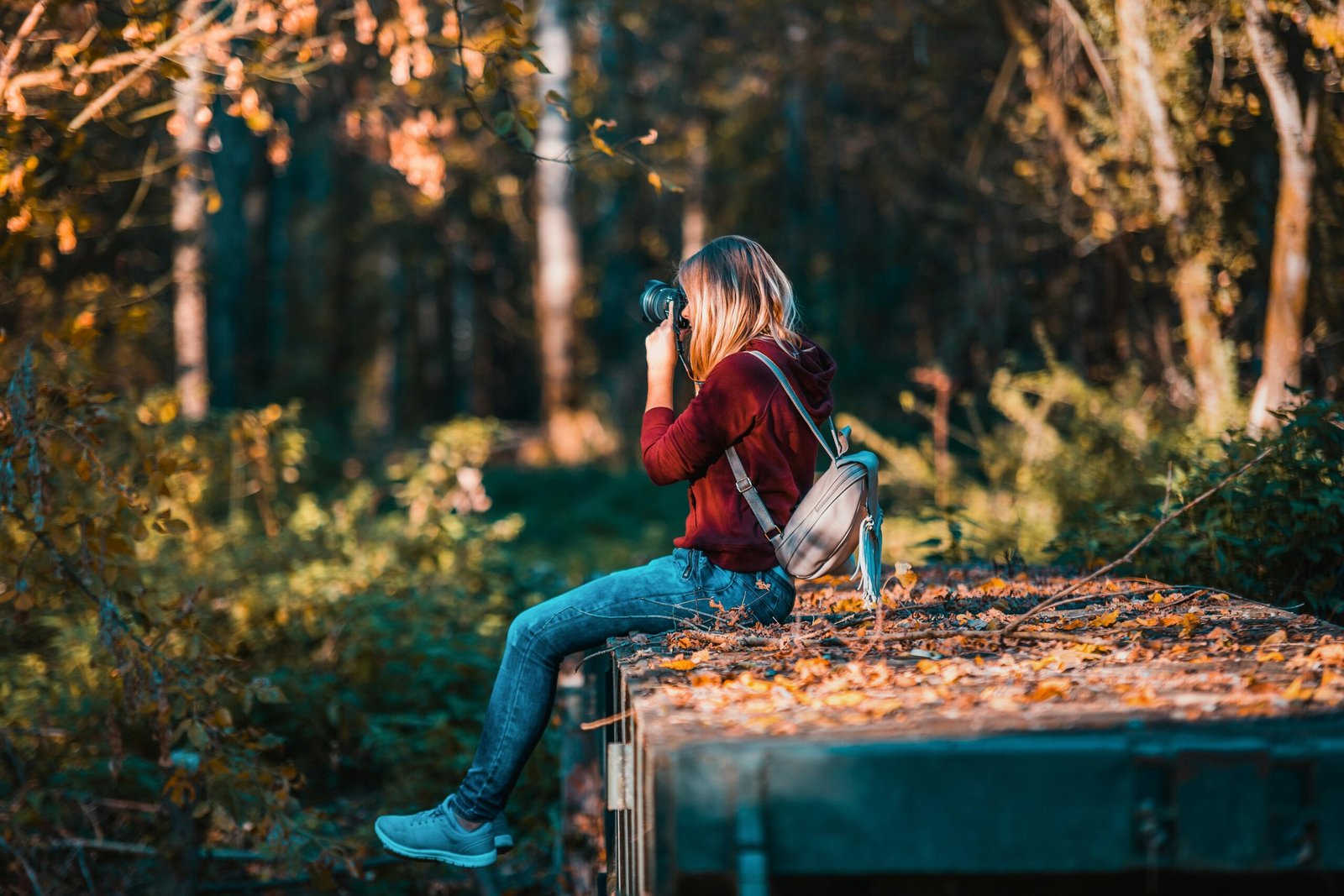Master Camera Techniques: 20 Essential Tips for Stunning Video Production In the world of video…
Camera Basics: Understanding How Cameras Work
Introduction
Welcome to the fascinating world of photography! Whether you’re a budding photographer or someone who just bought their first camera, understanding the basics of how cameras work is essential. By mastering these fundamentals, you can significantly improve your photography skills and start capturing breathtaking images. So, let’s dive into the camera basics and uncover the mysteries behind those incredible shots.
What is a Camera?
At its core, a camera is a device that captures light and records images. The history of cameras dates back to the early 19th century with the invention of the camera obscura, a simple box with a small hole that projected an image onto a surface inside the box. Modern cameras, of course, have evolved significantly from these humble beginnings.
How Do Cameras Work?
Cameras operate on a straightforward principle: they capture light to create an image. When you press the shutter button, light enters the camera through the lens. This light is then focused onto a sensor (in digital cameras) or film (in traditional cameras), where the image is recorded. The amount of light captured and how it is processed are influenced by various camera settings, such as aperture, shutter speed, and ISO.
Types of Cameras
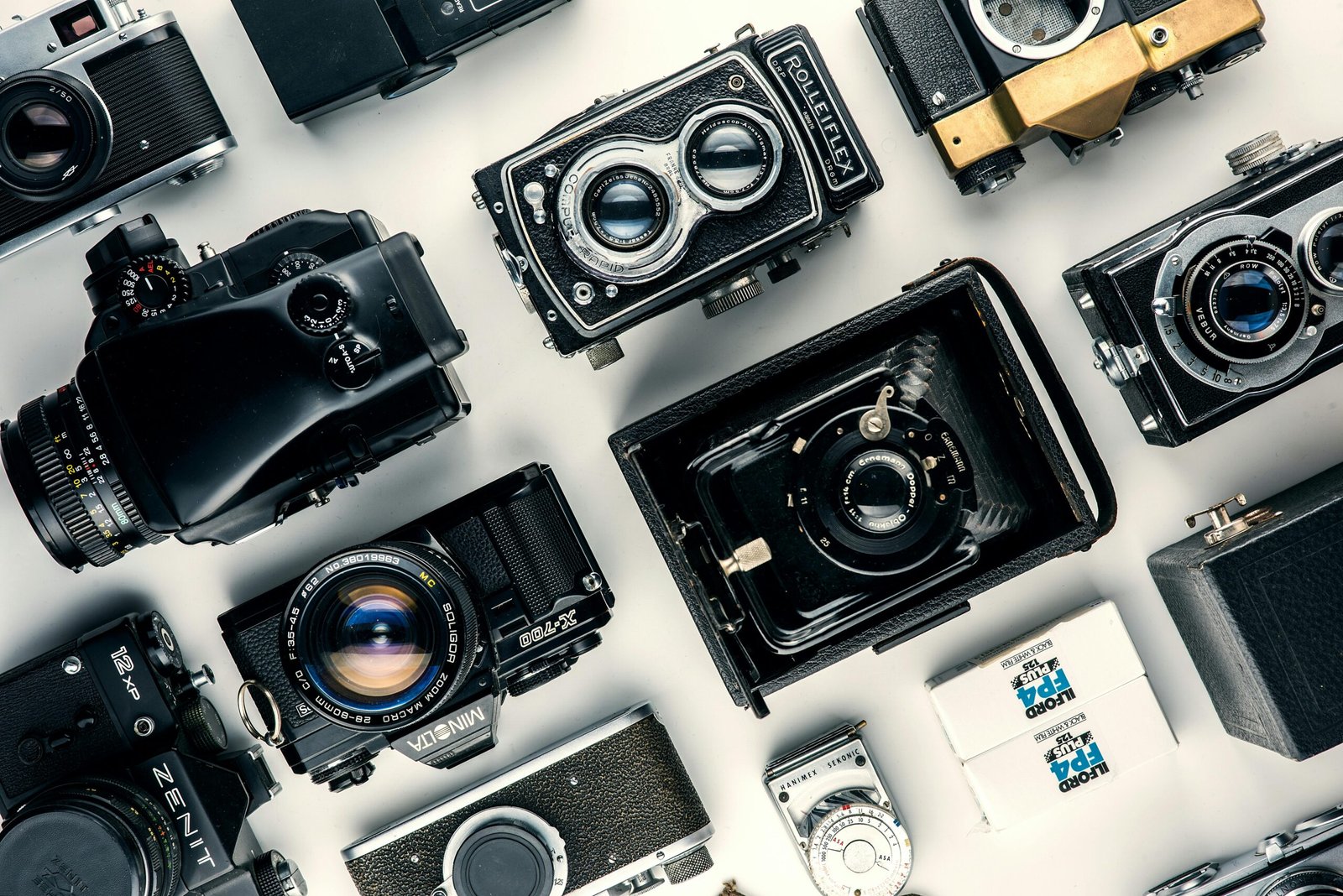
Understanding the different types of cameras can help you choose the right one for your needs.
Digital vs. Film Cameras
Digital cameras use electronic sensors to capture images, while film cameras use photographic film. Digital cameras offer instant image preview and editing capabilities, whereas film cameras require developing the film to view the images.
DSLR vs. Mirrorless Cameras
DSLR (Digital Single-Lens Reflex) cameras use a mirror mechanism to reflect light from the lens to an optical viewfinder. Mirrorless cameras, on the other hand, do not have a mirror and rely on electronic viewfinders or the camera’s LCD screen for composing images.
Compact Cameras
Compact cameras, also known as point-and-shoot cameras, are small, easy-to-use devices designed for everyday photography. They offer automatic settings, making them ideal for casual photographers.
Action Cameras
Action cameras are rugged, waterproof devices designed for capturing high-quality video and photos in extreme conditions. They are popular among adventurers and sports enthusiasts.
Camera Components
Understanding the key components of a camera will help you make the most of your device.
The Lens
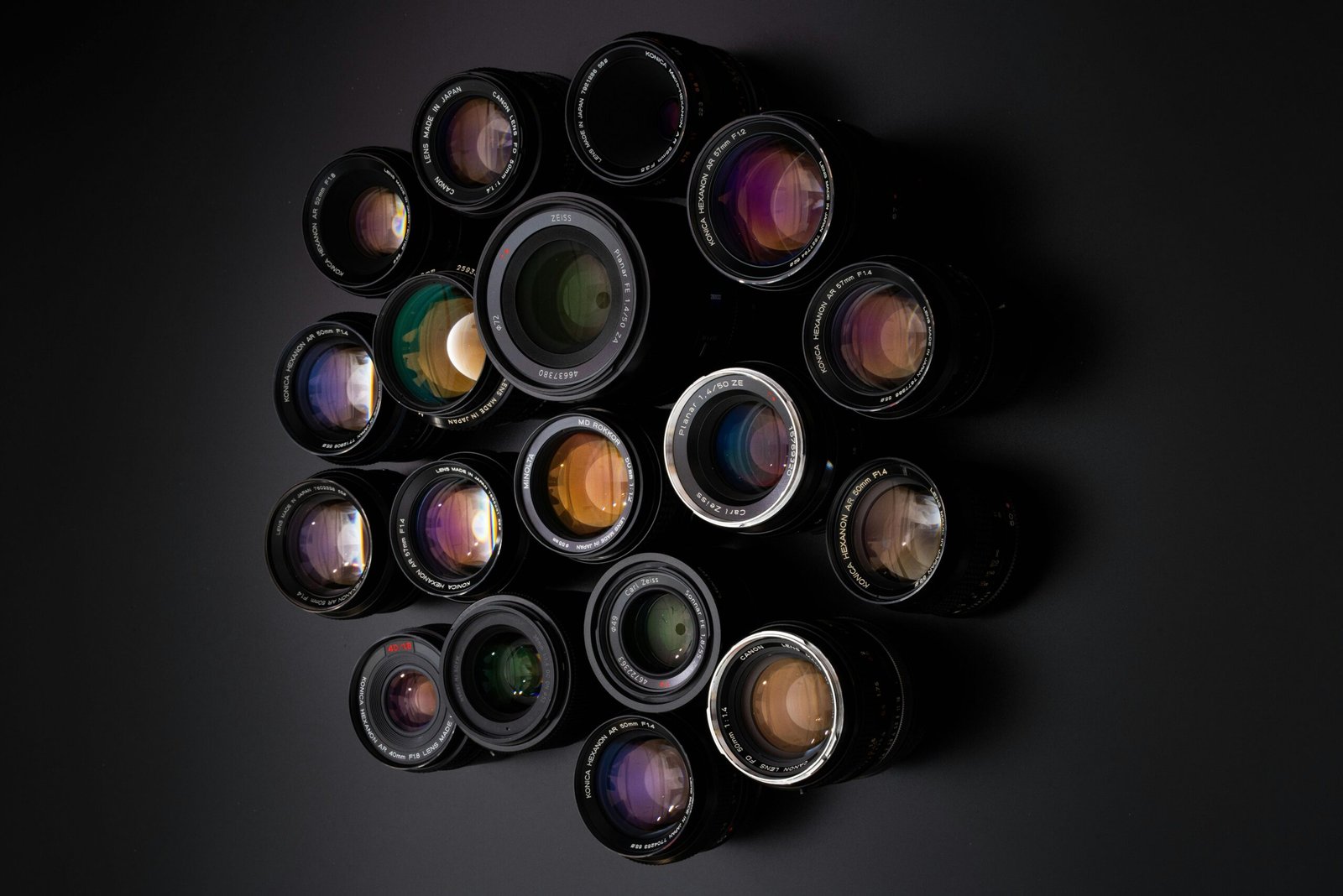
The lens is arguably the most critical part of a camera. It focuses light onto the sensor or film, and the quality of the lens greatly influences the image quality.
The Sensor
The sensor captures the light coming through the lens and converts it into an electronic signal. Sensors come in various sizes, with larger sensors generally offering better image quality.
The Viewfinder
The viewfinder allows you to compose your shot by looking through it to see what the lens sees. In digital cameras, this can be an optical viewfinder or an electronic viewfinder.
The Shutter
The shutter controls the duration of light exposure to the sensor or film. It can be mechanical or electronic, with the speed of the shutter affecting how motion is captured in your photos.
Understanding Camera Lenses
Choosing the right lens is crucial for achieving the desired effect in your photos.
Prime vs. Zoom Lenses
Prime lenses have a fixed focal length, offering sharper images and larger apertures. Zoom lenses, on the other hand, have variable focal lengths, providing more versatility.
Lens Focal Length
The focal length of a lens determines its field of view. Wide-angle lenses have short focal lengths, capturing more of the scene, while telephoto lenses have long focal lengths, bringing distant subjects closer.
Aperture and Depth of Field
The aperture is the opening in the lens through which light enters the camera. It is measured in f-stops, with a larger aperture (smaller f-number) allowing more light in. Aperture also affects depth of field, which is the amount of the scene in focus.
The Role of Light in Photography

Light is the essence of photography, and understanding how to manipulate it is key to capturing stunning images.
Exposure Triangle: Aperture, Shutter Speed, ISO
The exposure triangle consists of aperture, shutter speed, and ISO. Balancing these three elements is crucial for achieving the right exposure in your photos.
Natural Light vs. Artificial Light
Natural light, such as sunlight, offers a wide range of colors and intensities. Artificial light, such as studio lights or flash, allows for more control over the lighting conditions.
Camera Settings and Modes
Modern cameras come with various settings and modes to help you capture the best possible image.
Auto Mode vs. Manual Mode
Auto mode allows the camera to select the optimal settings for you, making it great for beginners. Manual mode, however, gives you full control over all settings, which is ideal for more experienced photographers.
Common Camera Modes
Most cameras have preset modes for different types of photography, such as portrait, landscape, sports, and night mode. These modes automatically adjust the settings to suit the specific conditions.
Importance of ISO in Photography
ISO measures the sensitivity of the camera’s sensor to light.
What is ISO?
A lower ISO value means less sensitivity to light, producing cleaner images with less noise. Higher ISO values increase sensitivity, allowing you to shoot in low light but potentially introducing more noise.
How ISO Affects Image Quality
Choosing the right ISO setting is essential for balancing light sensitivity and image quality. In bright conditions, use a low ISO to minimize noise. In low light, a higher ISO can help you capture the scene without blurring, but be mindful of the increased noise.
Shutter Speed Essentials
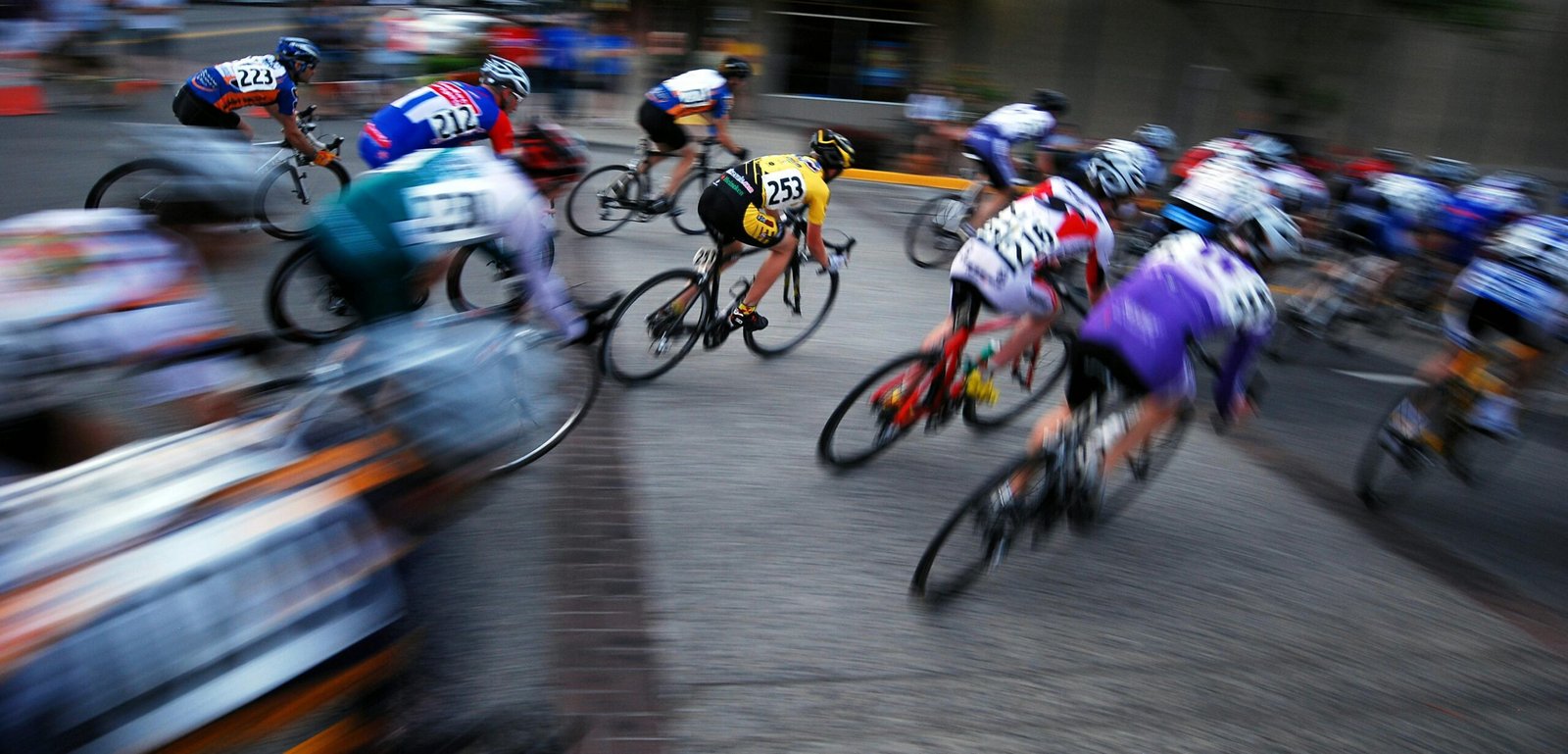
Shutter speed determines how long the sensor is exposed to light.
What is Shutter Speed?
Shutter speed is measured in fractions of a second (e.g., 1/200s) or in seconds for long exposures. A fast shutter speed (e.g., 1/1000s) can freeze motion, while a slow shutter speed (e.g., 1s) can create motion blur.
How Shutter Speed Affects Motion in Photos
Using the right shutter speed can enhance the effect of motion in your photos. Fast shutter speeds are perfect for action shots, while slow shutter speeds can create artistic blurs, such as in waterfall or light trail photography.
Aperture and Its Impact
Aperture affects both exposure and depth of field.
What is Aperture?
Aperture is the size of the lens opening, controlled by the diaphragm inside the lens. It is measured in f-stops (e.g., f/2.8, f/16).
How Aperture Affects Depth of Field
A wide aperture (small f-number) creates a shallow depth of field, making the background blurry and the subject stand out. A narrow aperture (large f-number) increases the depth of field, keeping more of the scene in focus.
White Balance and Color Temperature
Getting the colors right in your photos is crucial for achieving realistic and visually appealing results.
Understanding White Balance
White balance adjusts the color temperature of your photos to match the lighting conditions. It ensures that white objects appear white rather than tinted with colors.
How to Adjust White Balance
Most cameras have preset white balance settings for different lighting conditions, such as daylight, cloudy, tungsten, and fluorescent. You can also manually adjust the white balance for more precise control.
Common Photography Techniques
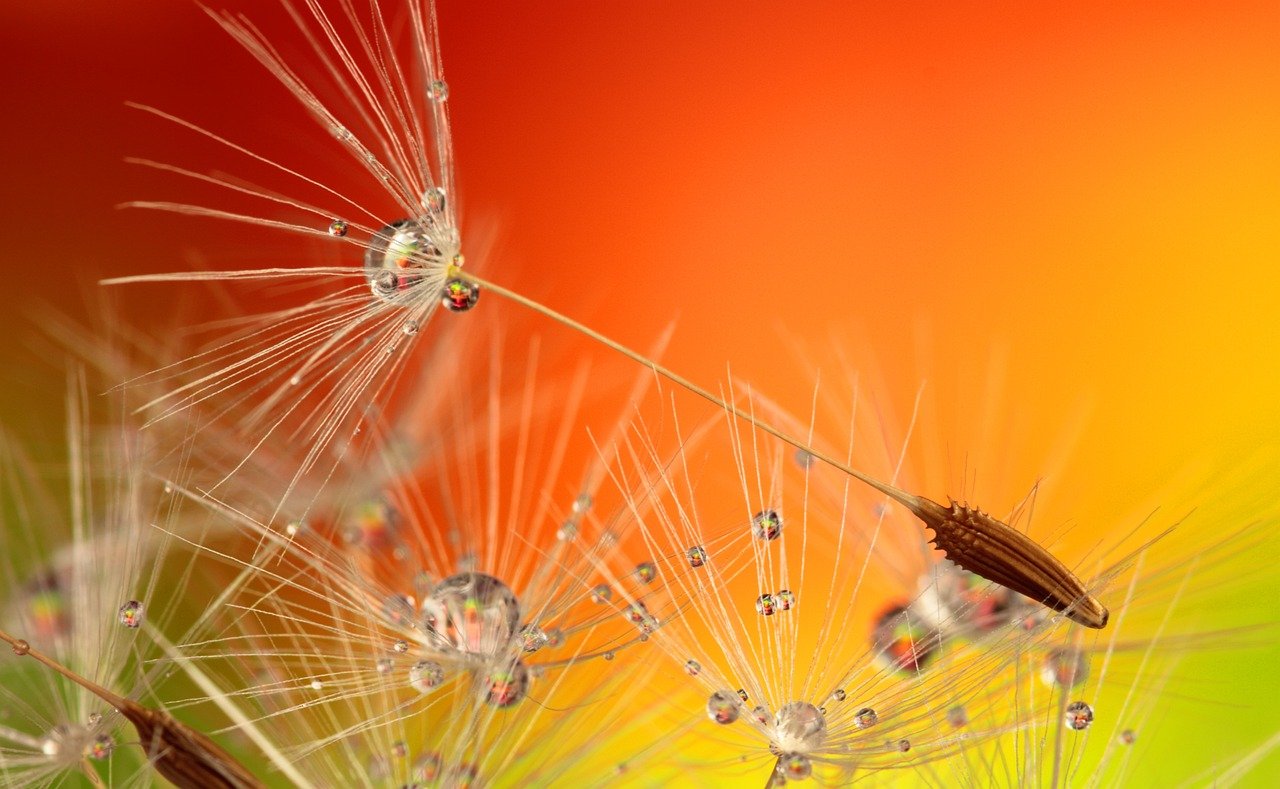
Mastering some fundamental techniques can significantly enhance your photography skills.
Rule of Thirds
The rule of thirds involves dividing the frame into a 3×3 grid and placing the subject along the grid lines or intersections. This creates a balanced and visually appealing composition.
Leading Lines
Leading lines are natural lines in a scene that guide the viewer’s eye towards the subject. They can be roads, rivers, fences, or any other linear elements.
Framing and Composition
Using elements within the scene to frame the subject can add depth and interest to your photos. Look for natural frames, such as arches, windows, or tree branches.
Tips for Beginners
Starting with photography can be overwhelming, but these tips can help you get on the right track.
Basic Tips to Improve Photography Skills
- Practice regularly to improve your skills.
- Experiment with different settings and modes.
- Study the work of other photographers for inspiration.
- Pay attention to lighting and composition.
- Don’t be afraid to make mistakes and learn from them.
Common Mistakes to Avoid
- Not paying attention to the background.
- Overexposing or underexposing photos.
- Ignoring the importance of composition.
- Using the wrong focus mode.
- Relying too much on auto mode.
Conclusion
Understanding the basics of how cameras work is the first step towards becoming a better photographer. By mastering the components, settings, and techniques, you can take full control of your camera and start capturing stunning images. Remember, practice makes perfect, so keep experimenting and exploring the world of photography!
FAQs
1. What is the best camera for beginners? The best camera for beginners is typically a DSLR or mirrorless camera with user-friendly features and manual controls. Some popular models include the Canon EOS Rebel T7 and the Sony Alpha a6000.
2. How do I choose the right lens? Choosing the right lens depends on what type of photography you want to do. For portraits, a prime lens with a wide aperture is ideal. For landscapes, a wide-angle lens is a good choice. For versatility, a zoom lens can cover various focal lengths.
3. What is the difference between RAW and JPEG? RAW files contain all the image data captured by the sensor, allowing for more flexibility in post-processing. JPEG files are compressed and processed in-camera, making them smaller in size but less editable.
4. How can I improve my photography skills? Improving your photography skills involves practicing regularly, learning about different settings and techniques, studying the work of other photographers, and experimenting with your camera.
5. What are some common photography mistakes to avoid? Common mistakes include not paying attention to the background, overexposing or underexposing photos, ignoring composition, using the wrong focus mode, and relying too much on auto mode.

